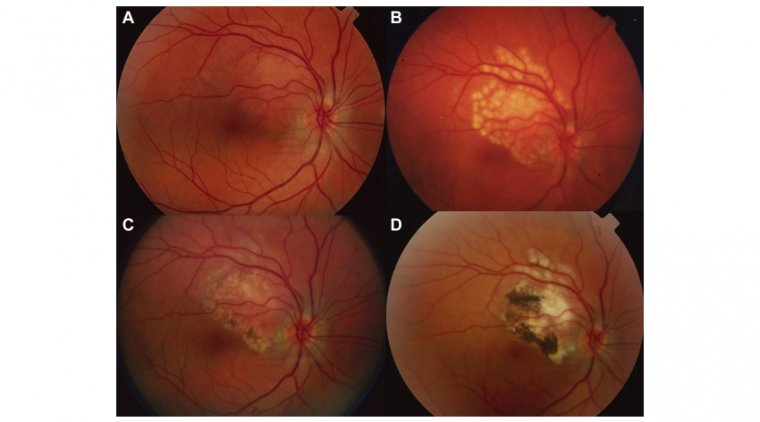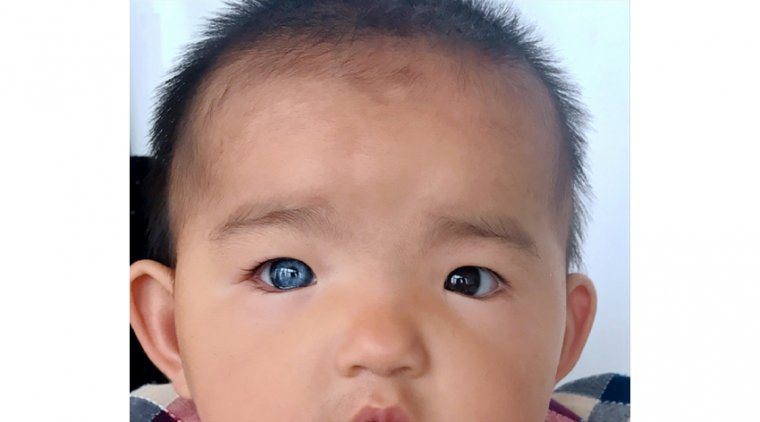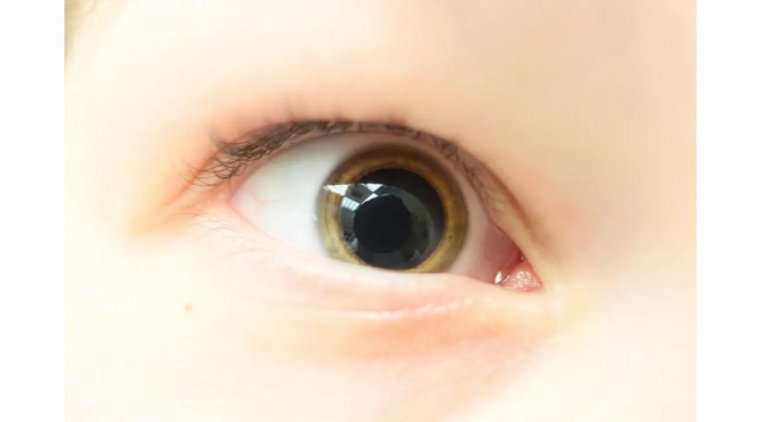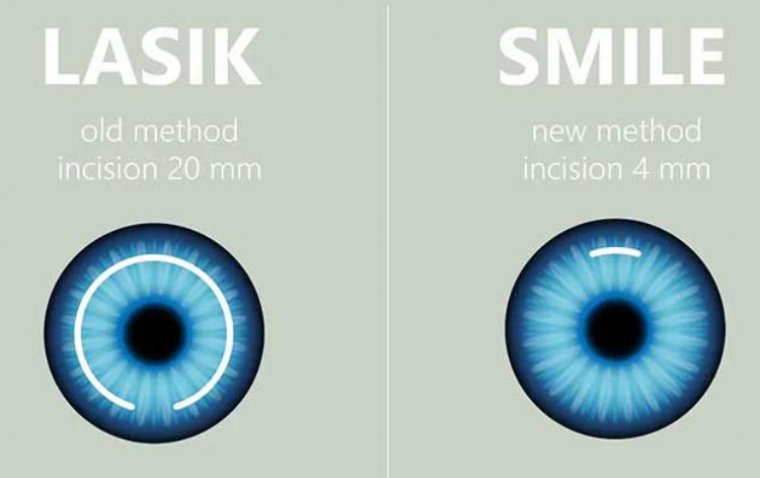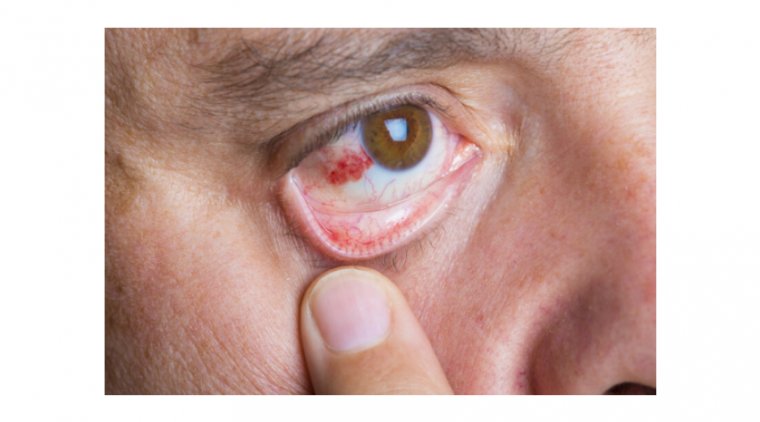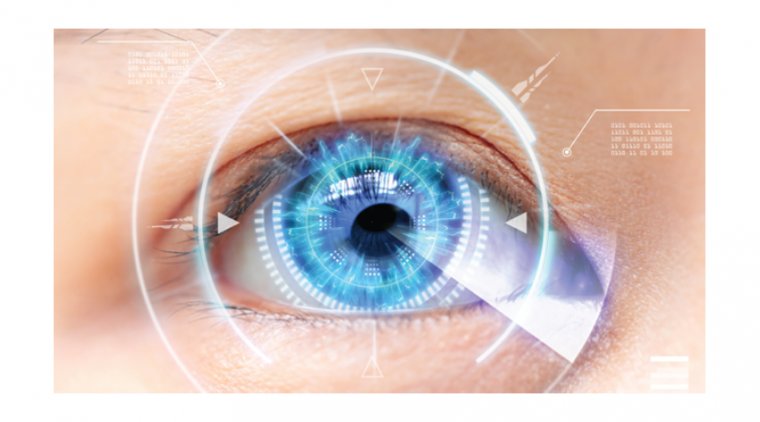
Blepharoplasty: A Game-Changer for Tired-Looking Eyes
What Is Blepharoplasty?
Blepharoplasty, colloquially known as an "eyelid lift", is a surgical procedure that aims to improve the appearance of the eyelids. It can be performed on the upper lids, lower lids, or both, depending on the patient's needs and aesthetic goals.
Reasons Why People Undergo Blepharoplasty
People opt for blepharoplasty for various reasons, primarily revolving around cosmetic and functional benefits:
● Aesthetic improvement: Many individuals choose blepharoplasty to rejuvenate tired-looking eyes and achieve a more youthful, refreshed appearance. This procedure can effectively address issues like baggy or drooping eyelids, excess skin obscuring the natural fold of the upper eyelids, and under-eye bags.
● Visual function enhancement: Beyond cosmetic reasons, some patients undergo blepharoplasty to improve their vision. Excessive skin on the upper eyelid can sometimes obstruct peripheral vision, and removing this excess skin can significantly enhance one's sight.
Different Types of Blepharoplasty Procedures
There are several types of blepharoplasty procedures, each designed to address specific issues:
● Upper eyelid surgery: This procedure targets drooping or hooded upper eyelids, which can be caused by aging or genetics. It involves removing excess skin and fat to create a more open, alert appearance.
● Lower eyelid surgery: This procedure addresses bags and wrinkles under the eyes by removing or redistributing excess fat in the lower eyelid. It can also involve skin tightening if needed.
● Double eyelid surgery (Asian blepharoplasty): This procedure creates a crease in the upper eyelid, creating what's commonly referred to as a "double eyelid." It's a popular procedure in many East Asian countries, where a significant portion of the population is born without an upper eyelid crease.
Blepharoplasty, while not the "blink" of an eye procedure, can make a significant difference to the aesthetic appeal and functionality of the eyes. It's not just about looking good; it's about seeing better and feeling better about oneself.
How to Prepare for Blepharoplasty
Preparing for blepharoplasty involves several steps, from the initial consultation to understanding pre-operative instructions, and knowing what to expect on the day of the surgery. By being well-prepared, you can increase the chances of a successful procedure and a smooth recovery.
Initial Consultation with a Plastic Surgeon
During your initial consultation, your plastic surgeon will:
● Evaluate your medical history, including any previous eye surgeries, and assess your overall health.
● Discuss your expectations and aesthetic goals. It's essential to have realistic expectations about the outcome of the procedure.
● Conduct a physical examination, which may include vision tests and eyelid photography.
● Explain the procedure in detail, including the technique that will be used, the type of anesthesia, the surgical facility, potential risks, and the cost.
Pre-operative Instructions and Guidelines
After the consultation, your surgeon will provide specific guidelines to prepare for the surgery. These typically include:
● Medications: You may be asked to stop taking certain medications or supplements that can increase bleeding, such as aspirin, ibuprofen, and vitamin E.
● Smoking: If you smoke, you'll need to stop several weeks before the surgery because smoking can delay healing.
● Arrange for help: Make sure you have someone to drive you home after the surgery and stay with you the first night following the procedure.
What to Expect on the Day of the Surgery
On the day of your blepharoplasty:
● Avoid eating or drinking anything after midnight before your surgery.
● Do not wear makeup or any products on your face on the day of the surgery.
● Arrive at the surgical center on time and wear comfortable clothing.
● Once you're in the operating room, you'll be made comfortable. Depending on the extent of the procedure, local or general anesthesia will be administered.
Blepharoplasty Recovery
The recovery period is a crucial phase in your blepharoplasty journey. By following post-operative instructions and utilizing certain recovery tips, you can help ensure a smooth healing process and achieve optimal results.
Post-operative Instructions
After the procedure, your surgeon will provide specific post-operative instructions, which typically include:
1. Eye care: You may have to use a cold compress for the first 48 hours to minimize swelling and bruising. The surgeon may also prescribe eye drops or ointments to prevent dryness and infection.
2. Activity restrictions: Avoid strenuous activities and heavy lifting for several weeks. You should also avoid any activities that may dry the eyes, such as reading, watching TV, or using a computer.
3. Sleeping position: Elevate your head when sleeping or lying down to reduce swelling.
4. Follow-up appointments: You'll need to attend follow-up appointments for sutures removal (if non-dissolvable sutures were used) and for the surgeon to monitor your progress.
Tips for a Smooth Recovery Process
Here are some additional tips to aid your recovery:
● Stay hydrated and maintain a healthy diet: Good nutrition aids healing. Also, avoid salty foods as they can increase swelling.
● Do not rub your eyes: Rubbing can cause irritation and harm the healing tissues.
● Protect your eyes from the sun: Wear sunglasses when going outdoors to protect your eyes from harmful UV rays and to reduce dryness.
● Be patient with the healing process: Each person heals at their own pace. Some bruising and swelling are normal, and your final results may not be apparent for several weeks to months.
Recovering from blepharoplasty is not a "blink-and-you'll-miss-it" process—it requires patience and meticulous care. But, by adhering to your surgeon's instructions and employing these tips, you can help ensure that your journey towards refreshed, youthful eyes is a successful one. After all, the "eyes" have it, and in this case, that includes a smoother, more alert look that can truly revitalize your face.
Risks and Benefits of Blepharoplasty
Like any surgical procedure, blepharoplasty carries both potential risks and benefits. Understanding these can help you make an informed decision about whether this procedure is right for you.
● Scarring: While incisions are typically made along the natural folds of the eyelids to hide scars, some visible scarring may still occur.
● Dry eyes: Some people may experience temporary dryness, irritation, or burning in their eyes after surgery.
● Bleeding and infection: As with any surgery, there's a risk of bleeding and infection, although these are rare.
● Asymmetry in healing or scarring: There's a chance that the two eyes may heal differently, leading to asymmetrical results. However, skilled surgeons take steps to minimize this risk.
Benefits Associated with Blepharoplasty
● Improved appearance: Blepharoplasty can provide a more youthful and refreshed appearance, boosting self-confidence.
● Better vision: For those with severely drooping eyelids, blepharoplasty can improve peripheral vision.
● Long-lasting results: The results of blepharoplasty, while not permanent, are long-lasting. The procedure can effectively set back the clock by several years.
Conclusion
Blepharoplasty is much more than a cosmetic "blink-and-miss" surgery—it's a game-changer for tired-looking eyes. It offers a unique blend of aesthetic and functional enhancements, from improving sagging eyelids and removing under-eye bags to potentially enhancing vision.
However, like all surgeries, it's not without risks, and these should be considered alongside the potential benefits. A detailed discussion with a skilled and experienced plastic surgeon can help determine whether blepharoplasty is the right choice for you.
In the end, the decision to undergo blepharoplasty is a personal one. But for many, it opens the door (or should we say, the eyelids) to a world of improved self-confidence and a more youthful appearance. After all, the eyes are the windows to the soul, and who wouldn't want theirs to look their best?
(1).jpg)
.jpg)
